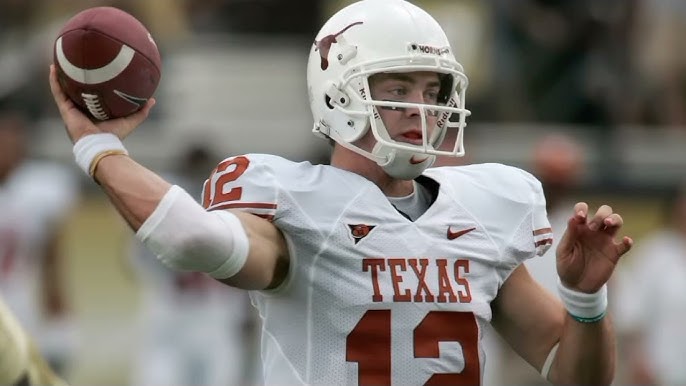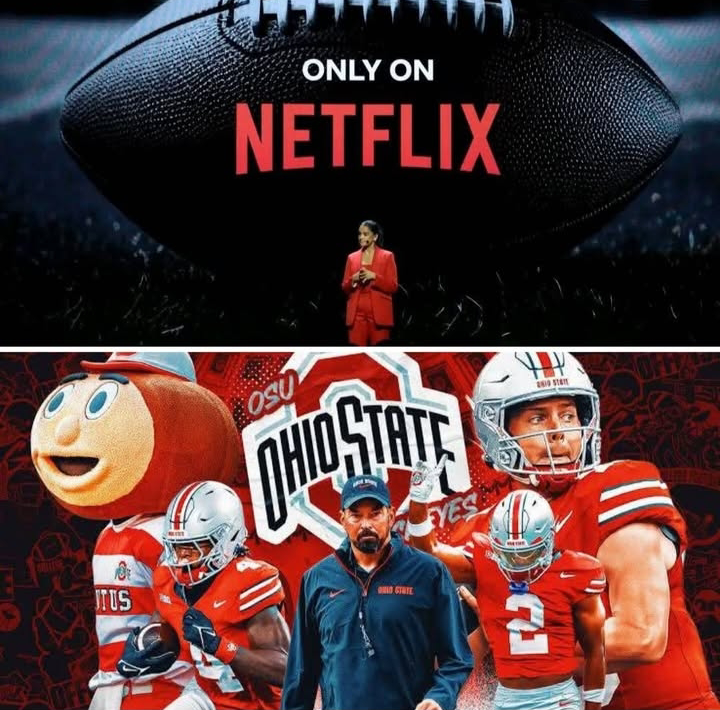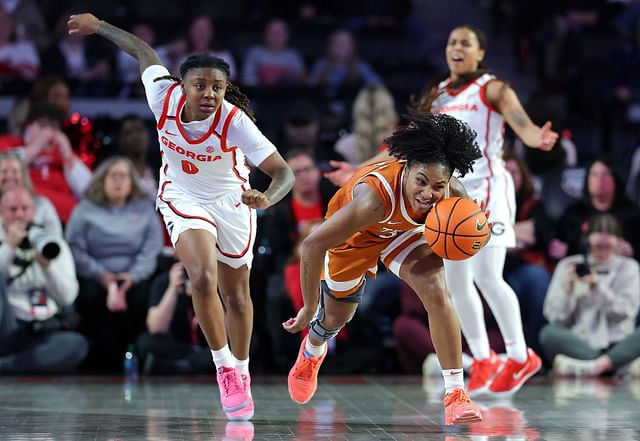In 2024, the University of Texas’ Athletics Department reached a significant milestone by surpassing $300 million in both revenue and operating expenses, marking a new era of financial success for one of the country’s most prominent athletic programs. This record-setting achievement underscores the increasing importance of collegiate athletics in today’s landscape, reflecting broader trends in the commercialization of college sports, rising media deals, and the changing dynamics of conference realignment.
Texas is not alone in reaching such a monumental threshold—many high-profile athletic programs are seeing similar financial growth—but the size and scope of the Longhorns’ operation raise important questions about the future of college athletics. What does this massive revenue and expense surge mean for the athletes, the universities, the fans, and the ever-expanding financial ecosystem that surrounds college sports?
The Financial Landscape of College Athletics
The University of Texas’ Athletics Department has long been a powerhouse in terms of both athletic success and financial influence. The Longhorns’ prominence in sports like football, basketball, and track and field has helped elevate the university’s stature both regionally and nationally. Over the years, the department has leveraged its large fan base, television contracts, and sponsorship deals to generate significant revenue, much of which is reinvested into improving the facilities, expanding athletic programs, and compensating coaches and staff.
In 2024, however, this financial momentum has reached new heights. With revenue topping $300 million, Texas joins an exclusive club of college athletics programs across the country—such as Alabama, Michigan, and Ohio State—that boast similarly high earnings. The revenue primarily comes from multiple streams, including media rights deals, ticket sales, merchandise, donations from boosters, and sponsorships from major corporations. Texas has a long history of securing lucrative media deals, and as college football continues to grow in popularity, these deals have become even more lucrative, further enhancing the financial viability of athletic programs.
Equally important, the operating expenses of Texas Athletics now match the revenue it generates. This balance between income and outlay is a clear indicator of the department’s expansion. Texas is pouring more into the development of its athletes, enhancing facilities, paying top-tier coaching staff, and supporting the growing infrastructure that sustains such a large-scale operation. With the high costs of running a major athletics department—including scholarships, training, travel, and the maintenance of state-of-the-art facilities—it is evident that achieving this level of financial success requires careful planning and massive investments.
Rising Media Rights Deals and Conference Realignment
One of the driving forces behind the soaring revenues is the lucrative media rights deals that have become increasingly common in college sports. As television contracts for both college football and basketball have ballooned, schools are seeing a direct impact on their bottom line. The Big 12 Conference, for example, signed a landmark media rights deal in recent years, ensuring that Texas and its fellow members receive substantial revenue from television broadcasts of their games.
Moreover, Texas’ move to the Southeastern Conference (SEC) in 2024 is expected to further enhance its financial position. The SEC’s existing media rights deals are among the most lucrative in college sports, and Texas’ inclusion in the conference will likely lead to even higher payouts, as the SEC continues to dominate college football viewership. This conference realignment is not just about athletic competition; it’s about positioning for financial prosperity.
As more schools continue to move into the arms of the power conferences—whether it’s the SEC, Big Ten, or others—the revenue generated from media rights deals will only grow. This shifting landscape of college athletics is likely to leave smaller programs behind, creating a widening gap between the haves and have-nots in college sports. Schools that are unable to negotiate such lucrative deals may struggle to keep up with the increasing demands of modern college athletics.
The Role of NIL and Boosters
In recent years, another factor that has reshaped the financial terrain of college sports is the rise of Name, Image, and Likeness (NIL) deals. With the NCAA’s decision to allow athletes to profit from their personal brand, universities have been working hard to facilitate NIL opportunities for their student-athletes. Texas has been at the forefront of these changes, implementing structures to support its athletes in monetizing their profiles.
Although NIL is not directly accounted for in the $300 million in revenue and expenses, it has nonetheless become a significant part of the financial landscape for schools like Texas. With the increasing value of NIL deals, schools that are successful in athletic recruitment often benefit from the larger corporate sponsorships that athletes bring with them. Boosters—alumni or supporters of the program—are also playing a larger role, contributing substantial funds to help enhance the overall success of the athletic department.
In Texas’ case, the booster culture is deeply ingrained in the fabric of the university. The Longhorn Foundation, for example, has long played a critical role in raising funds to support athletic programs. These donations help offset the operational costs of the department and provide resources that improve student-athlete welfare, facility upgrades, and other essential aspects of college sports.
Financial Implications for Student-Athletes
While the surge in revenue is undoubtedly beneficial for the athletic department, it raises important questions about how much of that money actually trickles down to student-athletes. Despite the influx of revenue, the debate around compensation for student-athletes remains contentious. The $300 million in revenue and expenses demonstrates the immense value of college sports, but it also highlights the ongoing tension between the financial success of athletic departments and the resources available to the athletes who generate that success.
Though student-athletes now have opportunities to profit through NIL deals, the vast majority of athletes—particularly those in non-revenue sports like soccer, swimming, and volleyball—continue to face challenges when it comes to obtaining financial benefits beyond scholarships. As the financial gap between high-earning and low-earning programs continues to widen, it will be important to consider how the resources generated by athletic departments like Texas’ can be more equitably distributed.
Looking Ahead: The Future of College Athletics
The Texas Athletics Department’s achievement of topping $300 million in revenue and operating expenses is a testament to the evolution of college sports into a multi-billion-dollar industry. With rising media deals, growing booster involvement, and the increasing financial pressures of competing at the highest level, college athletics is becoming more commercialized than ever.
However, this growth also comes with challenges—particularly around equity, the role of student-athletes, and the financial sustainability of smaller programs. As the landscape of college sports continues to shift, it will be critical for universities and athletic departments to navigate these changes with a focus on fairness, student-athlete well-being, and long-term sustainability.
Texas’ success serves as a blueprint for other programs seeking financial growth, but it also acts as a reminder that the commercialization of college sports must be carefully balanced with a commitment to preserving the values of amateurism and fairness in the collegiate system. The coming years will likely bring even more change to the way college sports are managed, but for now, Texas Athletics’ remarkable financial achievement in 2024 shows just how big a business college sports have become.






Leave a Reply